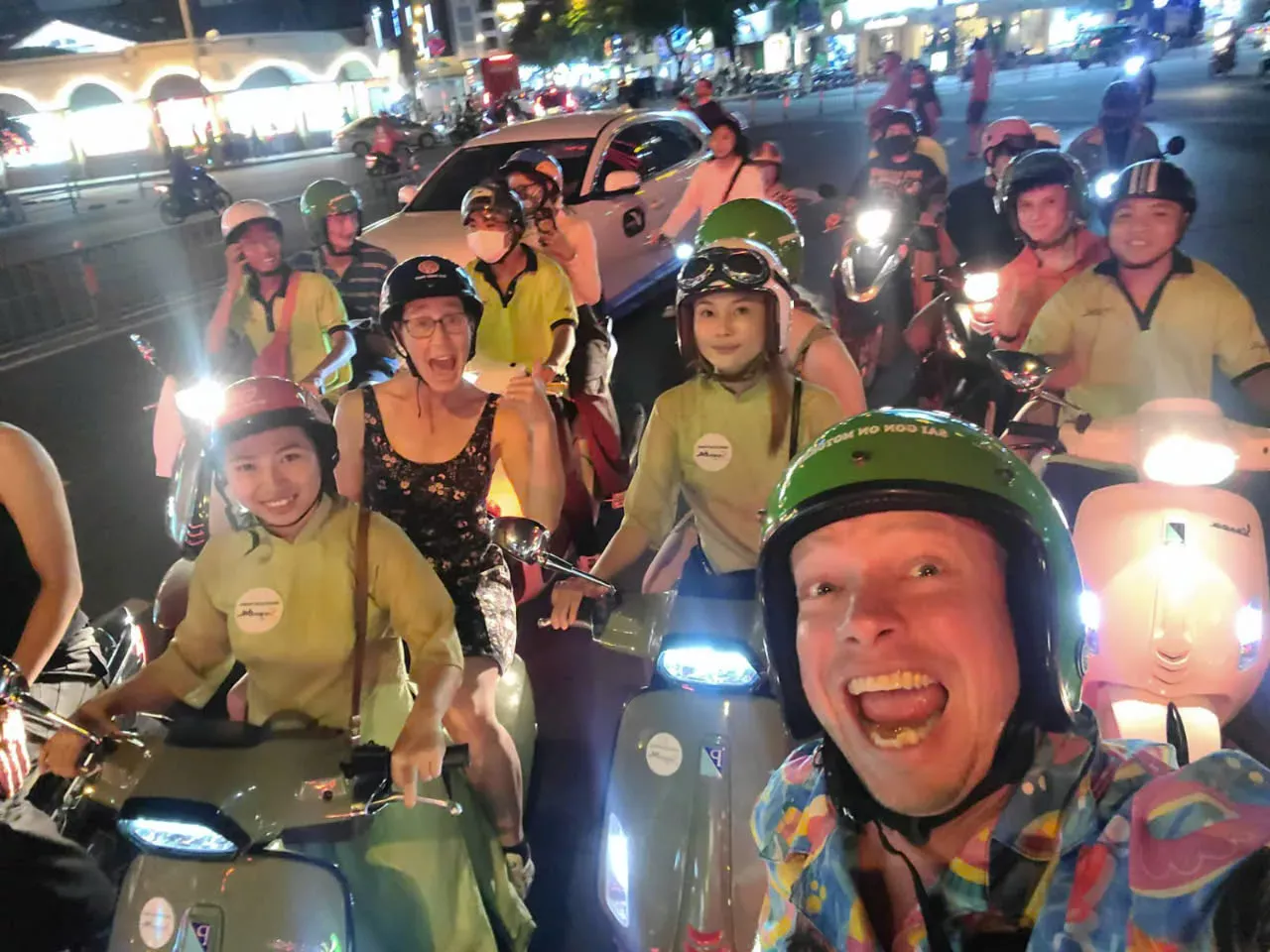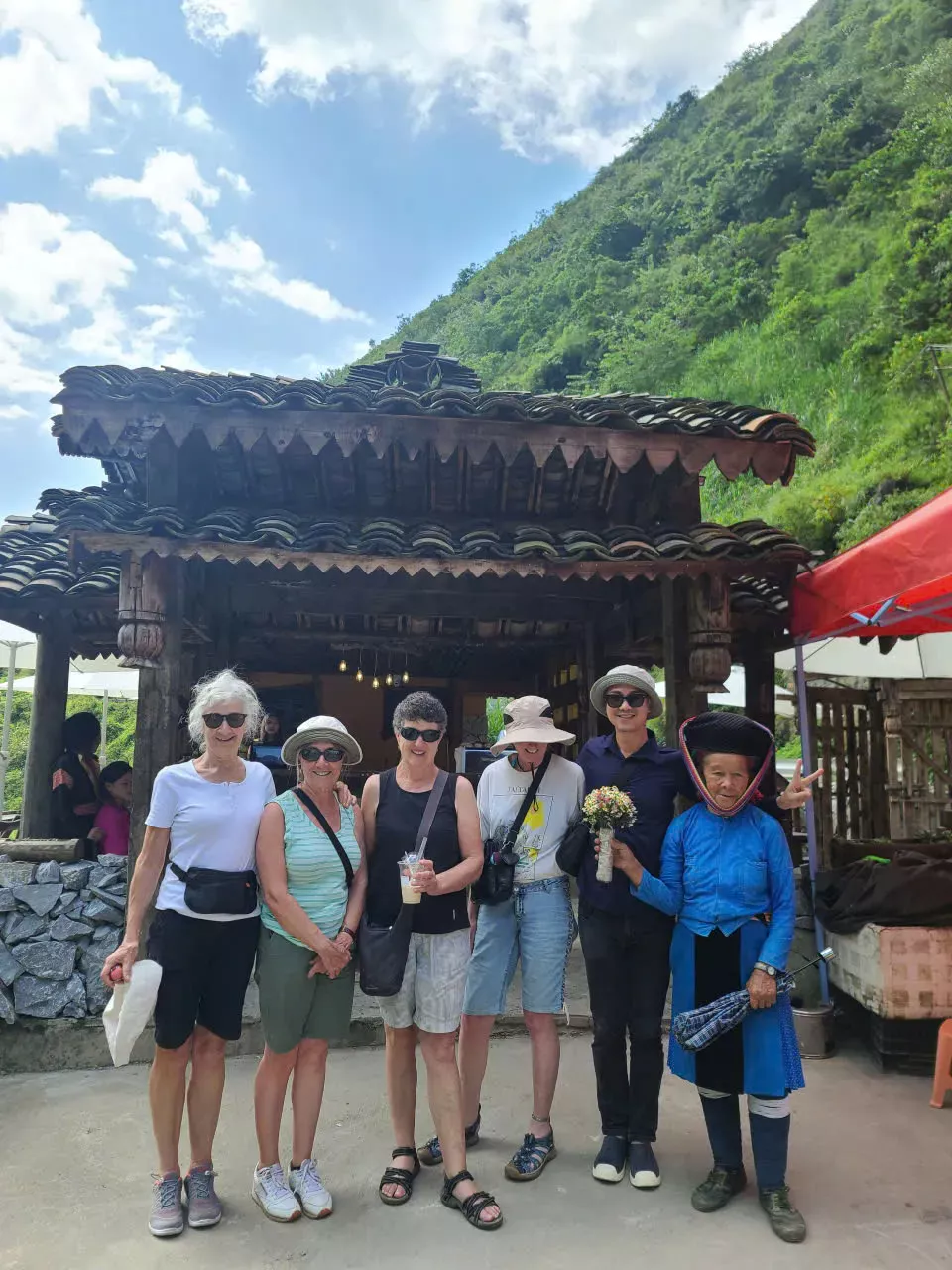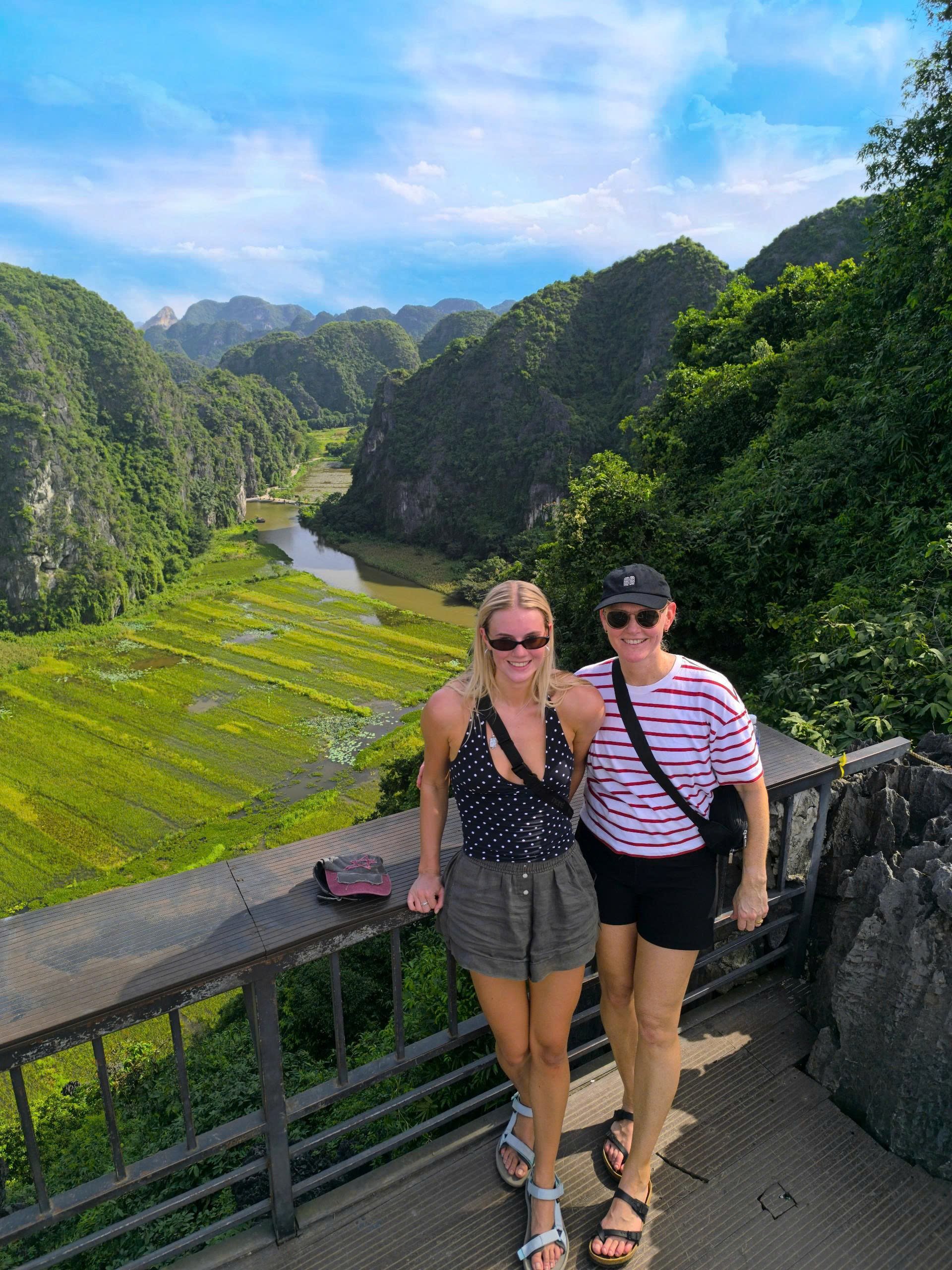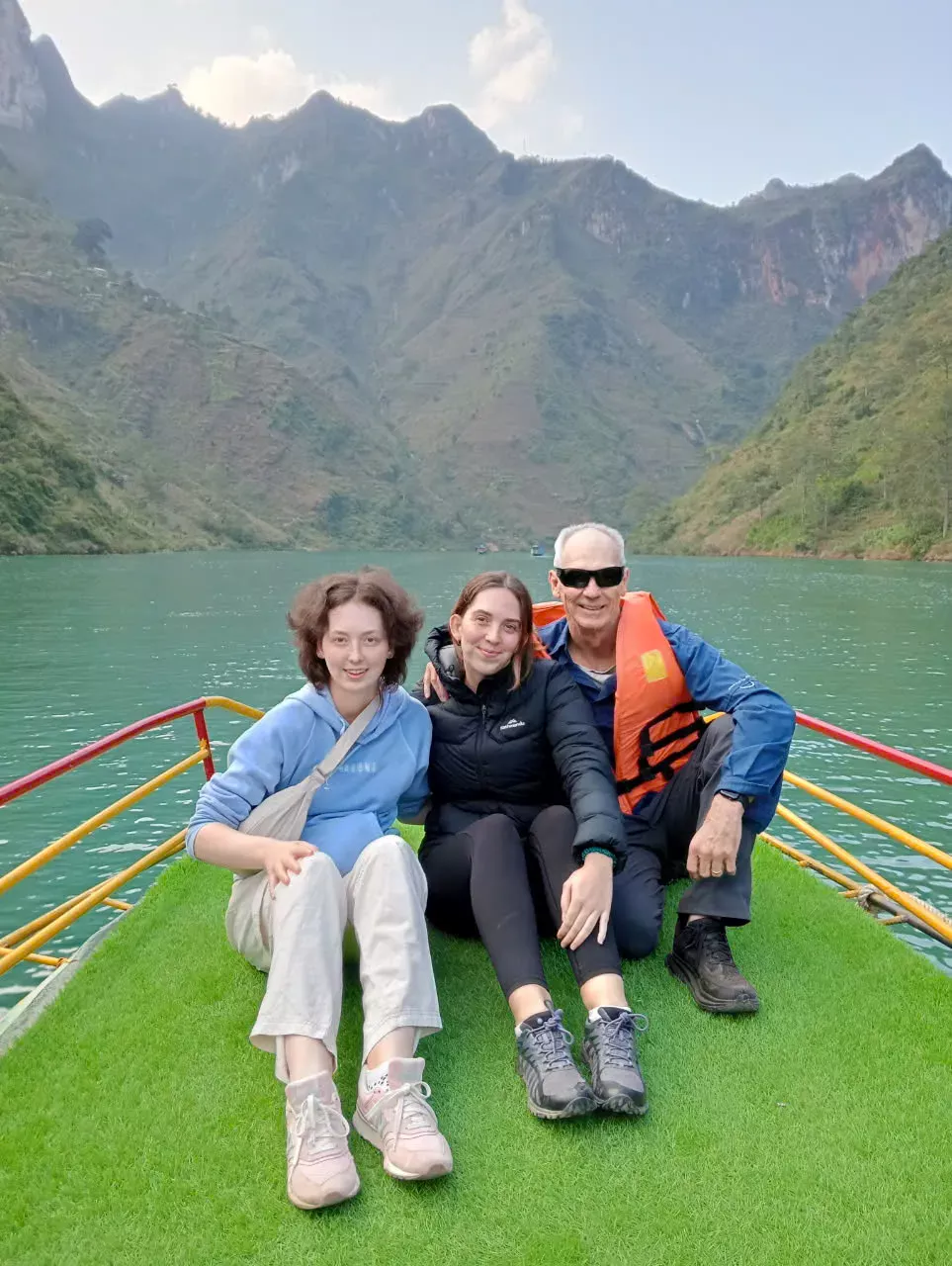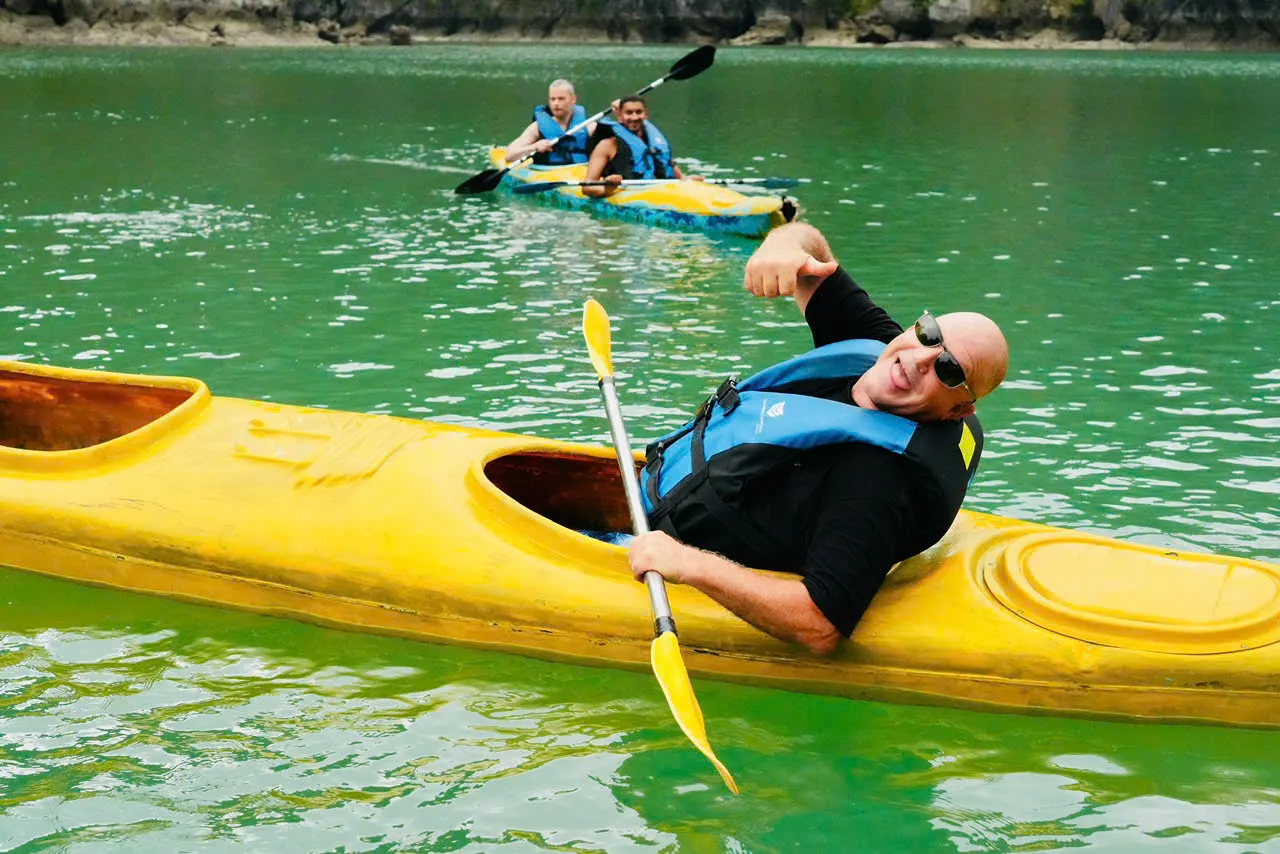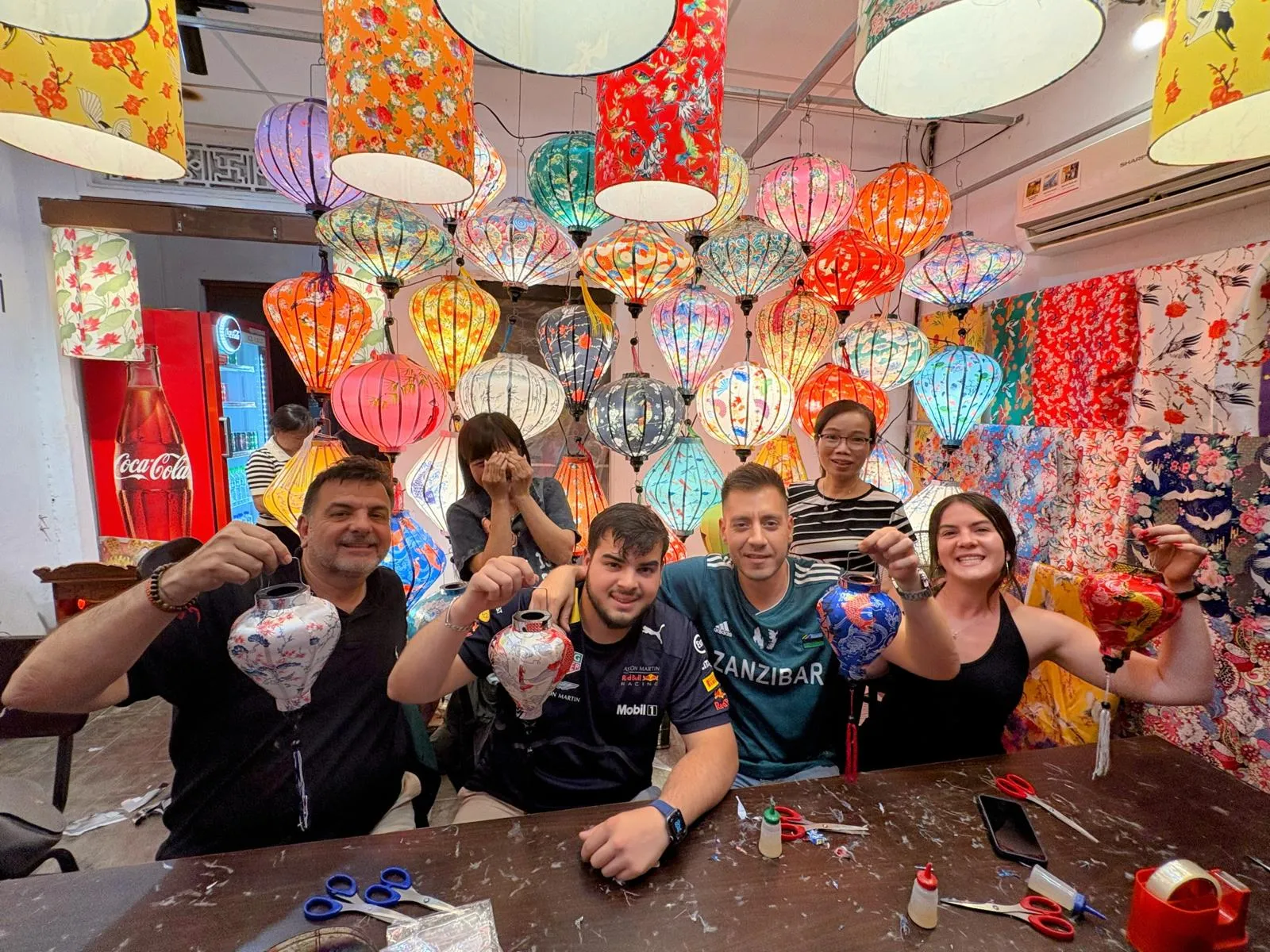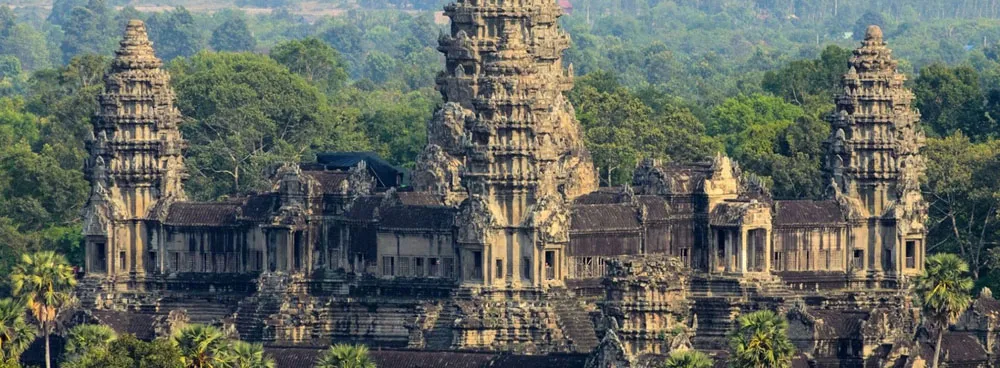
1. Cambodia’s seasons explained
Cambodia enjoys a tropical climate dominated by two main seasons: dry and wet. Temperatures remain warm year-round, but rainfall and humidity levels shift significantly between seasons.
Dry season (November to April)
The dry season is Cambodia’s most popular travel window. From November to April, the country experiences plenty of sunshine, low humidity, and cooler temperatures, especially from December to February.
This season is ideal for:
-
Visiting Angkor Wat and other temples
-
Island getaways in Koh Rong or Kep
-
Exploring cities like Phnom Penh and Siem Reap on foot
Do note that prices are higher and accommodations get booked quickly, especially in December and January.
Wet season (May to October)
The wet or green season brings daily rain showers—usually short bursts in the afternoon—starting from May and tapering off in October. Don’t let the rain deter you. This season reveals lush landscapes, blooming rice fields, and fewer crowds.
It’s perfect for:
Just be cautious in remote areas, where flooding might disrupt transportation.
2. Month-by-month guide to visiting Cambodia in 2026
November to February – Cool, dry, and popular
This is the best time to visit Cambodia for most travelers. Expect daytime temperatures around 25–28°C with low humidity.
Highlights:
-
Excellent weather for temple visits and beach days
-
Vibrant tourist energy and festive mood
-
Key events: Water Festival (Nov), Christmas, and New Year
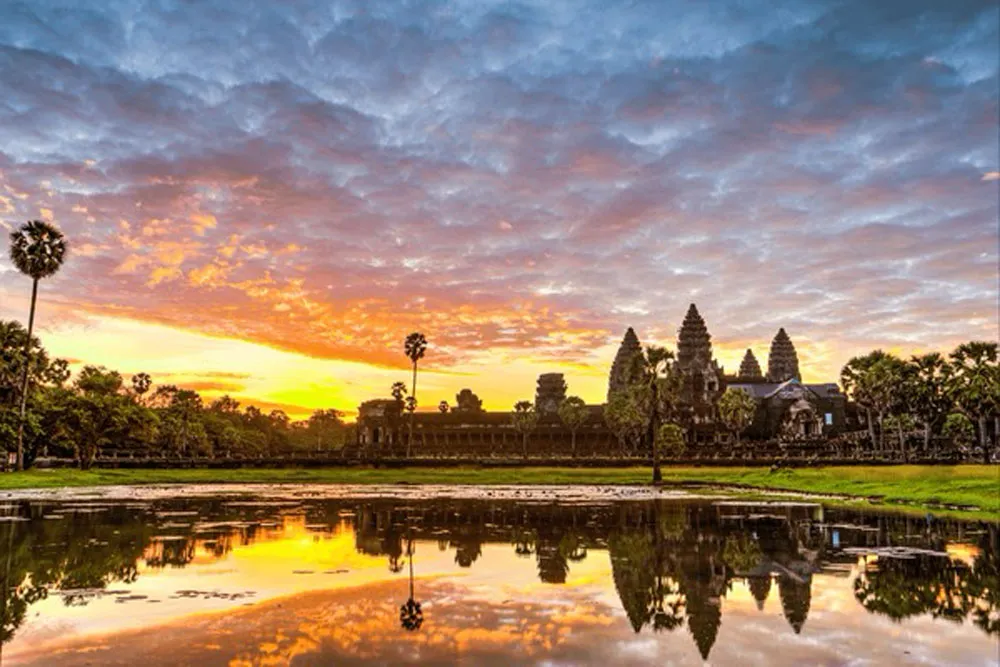
3. March to May – Hot and sunny
The mercury rises steadily, peaking at 35–38°C in April and May. If you can tolerate the heat, these months are still enjoyable, especially in coastal regions.
Highlights:
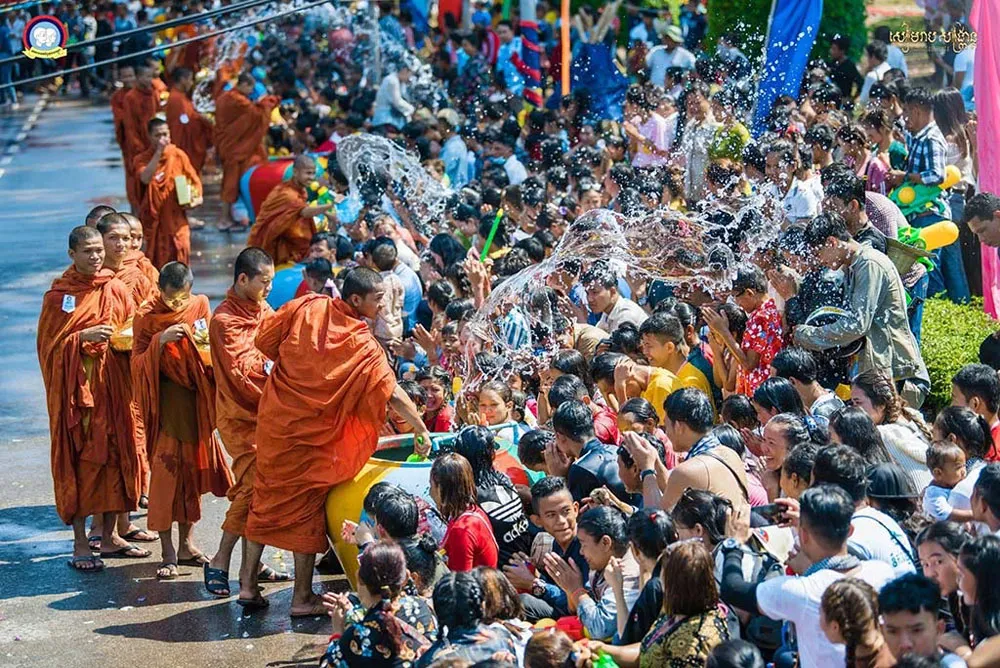
4. June to August – Rainy yet rewarding
While daily afternoon showers become common, mornings are often clear. The countryside turns lush and photogenic, and hotel prices drop dramatically.
Highlights:
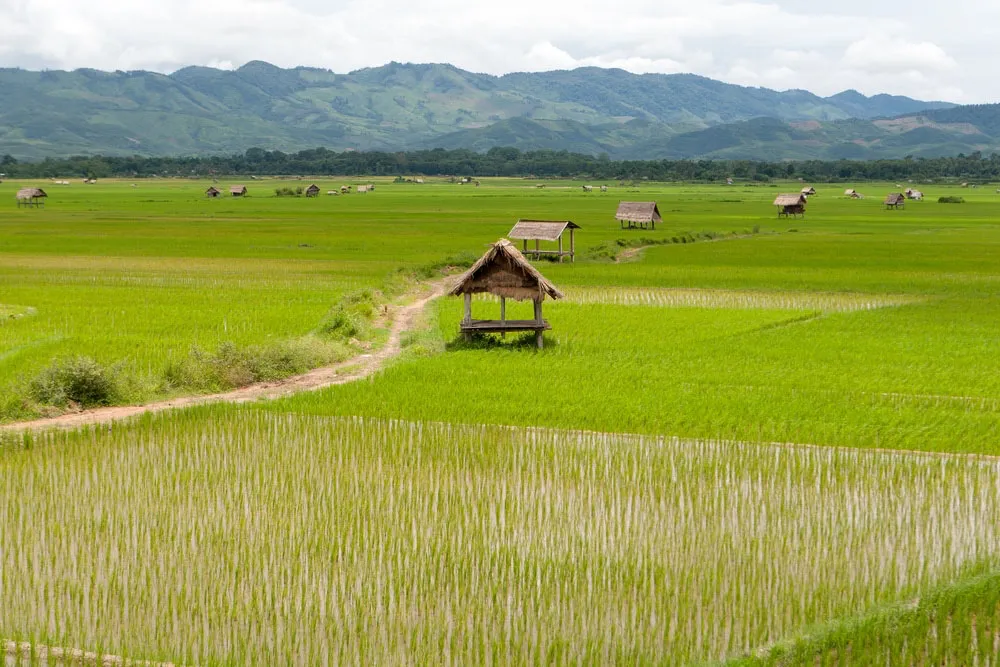
5. September to October – Culture and calm
As rains begin to ease, these months offer a mix of sunshine and occasional showers. It’s a beautiful time to immerse yourself in local culture.
Highlights:
-
Unique festivals like Pchum Ben
-
Cheaper accommodation and fewer tourists
-
Great for cultural photography
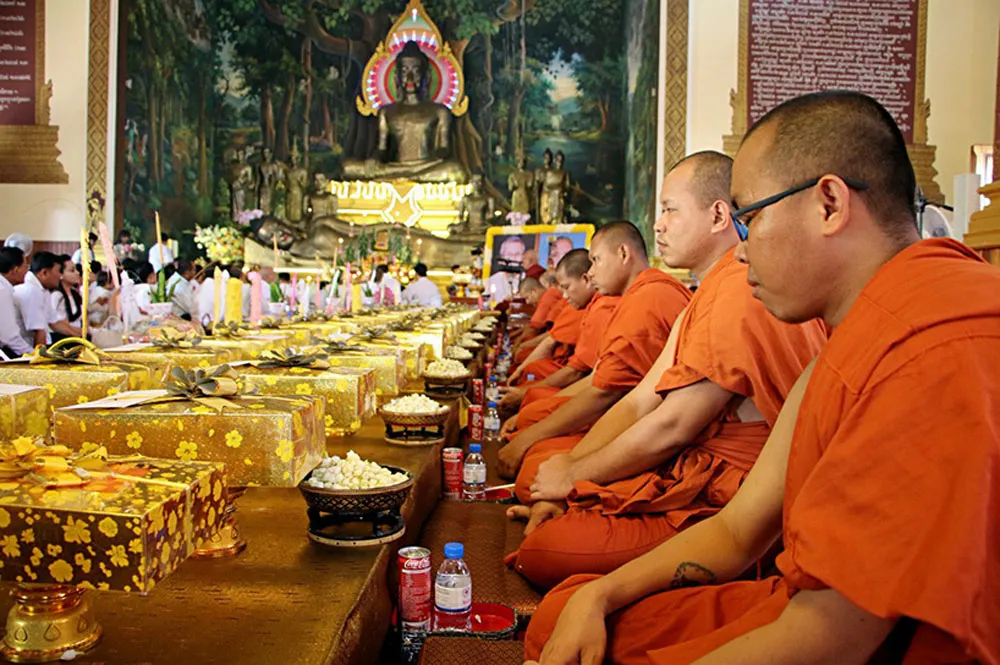
6. When to visit based on travel style
Best time for families
Traveling with kids? The December to February period is your safest bet. The weather is cooler, roads are drier, and family-friendly resorts operate at full service.
best-time-for-families
Tips:
Best time for luxury travelers
For private tours, spa retreats, and high-end experiences, plan your trip between January and March. This is when luxury resorts and exclusive tour operators offer their best packages.

Tips:
Best time for budget travelers
The shoulder and wet seasons (May, June, and September) are ideal if you’re looking to save. With fewer tourists, you’ll find lower prices on everything from flights to tours.
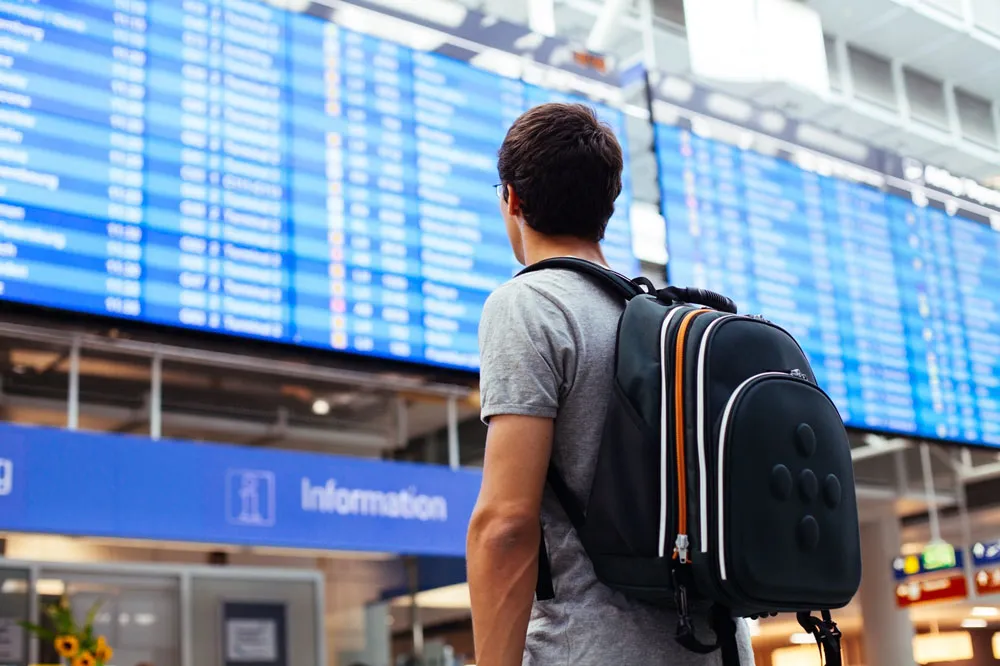
Tips:
7. Cambodia’s festivals and events to plan around
Khmer New Year (mid-April)
Also known as Choul Chnam Thmey, this is the country’s biggest holiday. Towns and cities turn into water-filled playgrounds as locals celebrate the traditional new year.
What to expect:
-
Water fights, music, and public parties
-
Temple visits and cultural shows
-
Increased domestic travel and higher demand for accommodation
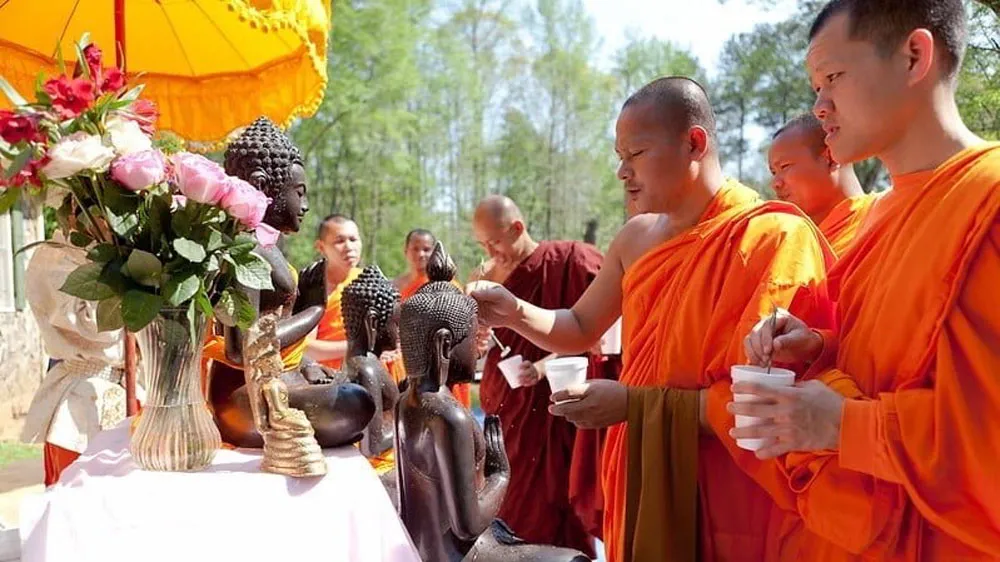
Bon Om Touk – Water Festival (November)
This festival celebrates the end of the rainy season with boat races and traditional ceremonies.
Best places to experience it:
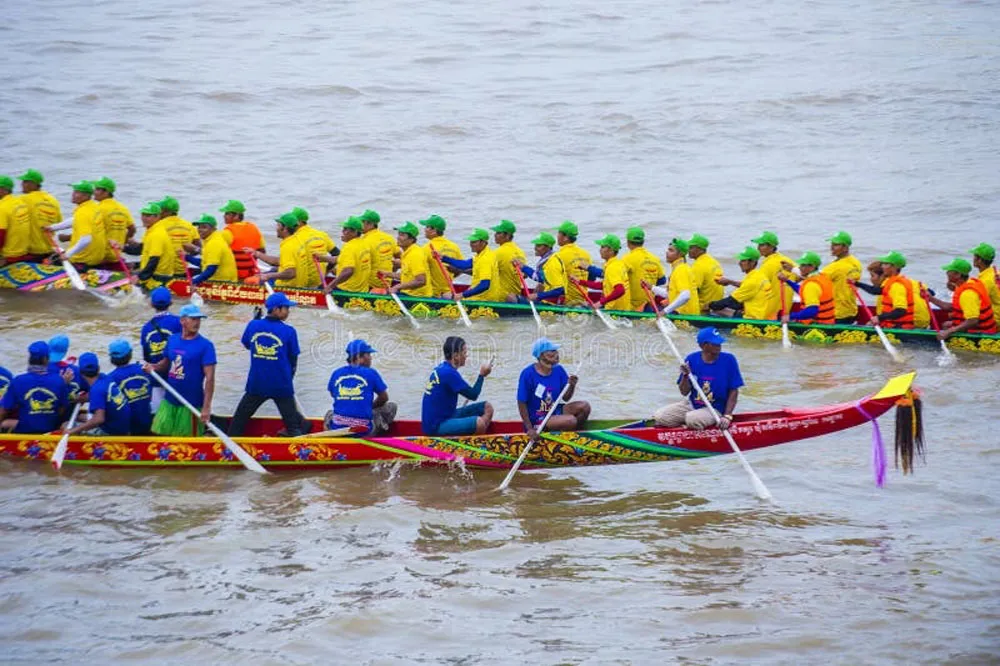
Pchum Ben (September)
A more spiritual and reflective holiday, Pchum Ben honors the ancestors. It’s a great time to see monks, traditional offerings, and temple ceremonies.
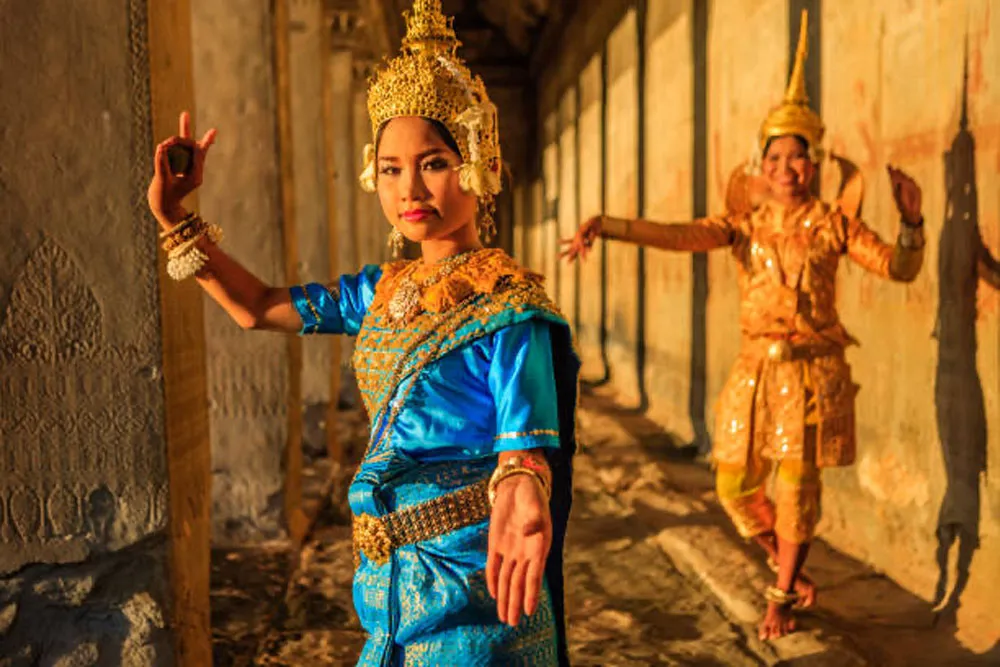
8. Travel tips by season
What to pack for each season
Dry season:
-
Breathable clothing
-
Sunblock and sunglasses
-
A hat for temple days
Wet season:
Booking advice for 2026
-
For peak months (Dec–Feb), book flights and hotels at least 3 months in advance
-
Wet season deals are best found 1–2 weeks before travel
-
Travel insurance is highly recommended, especially in rainy months
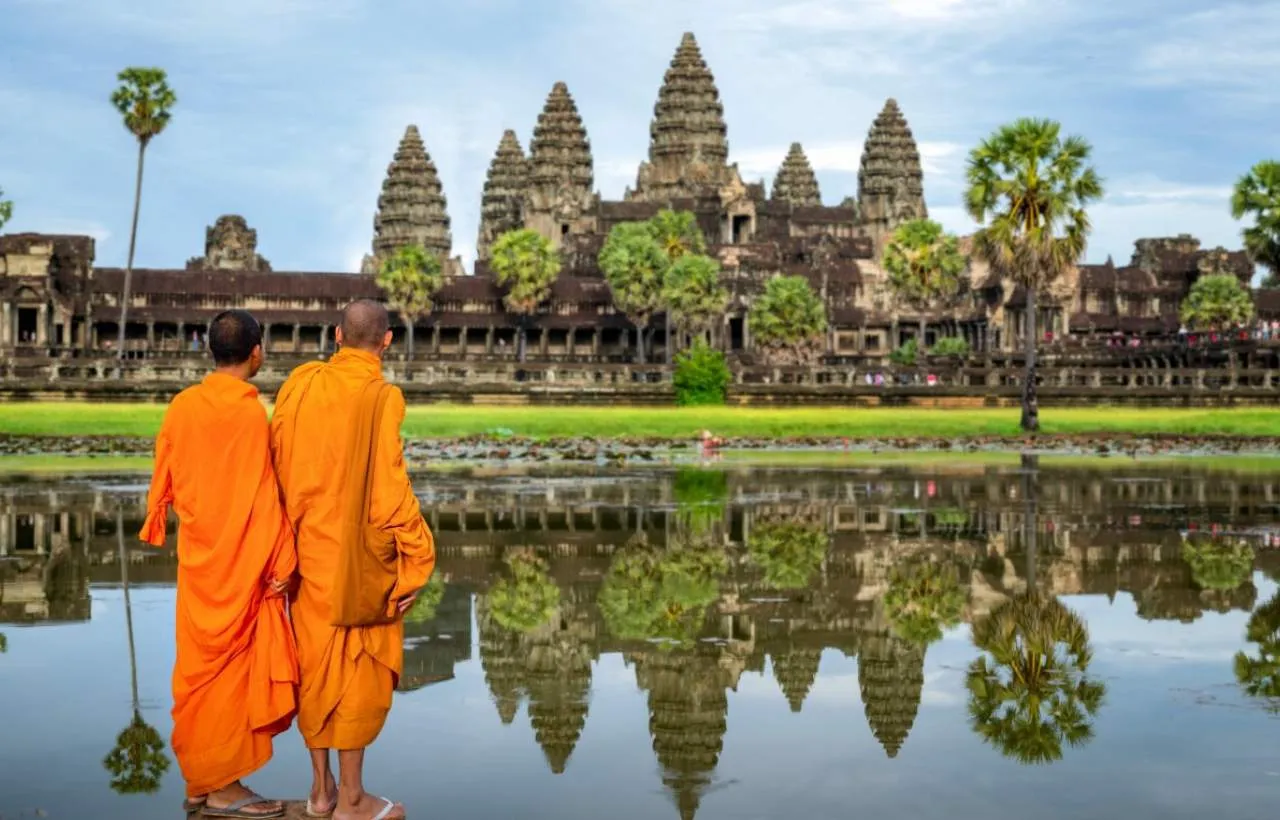

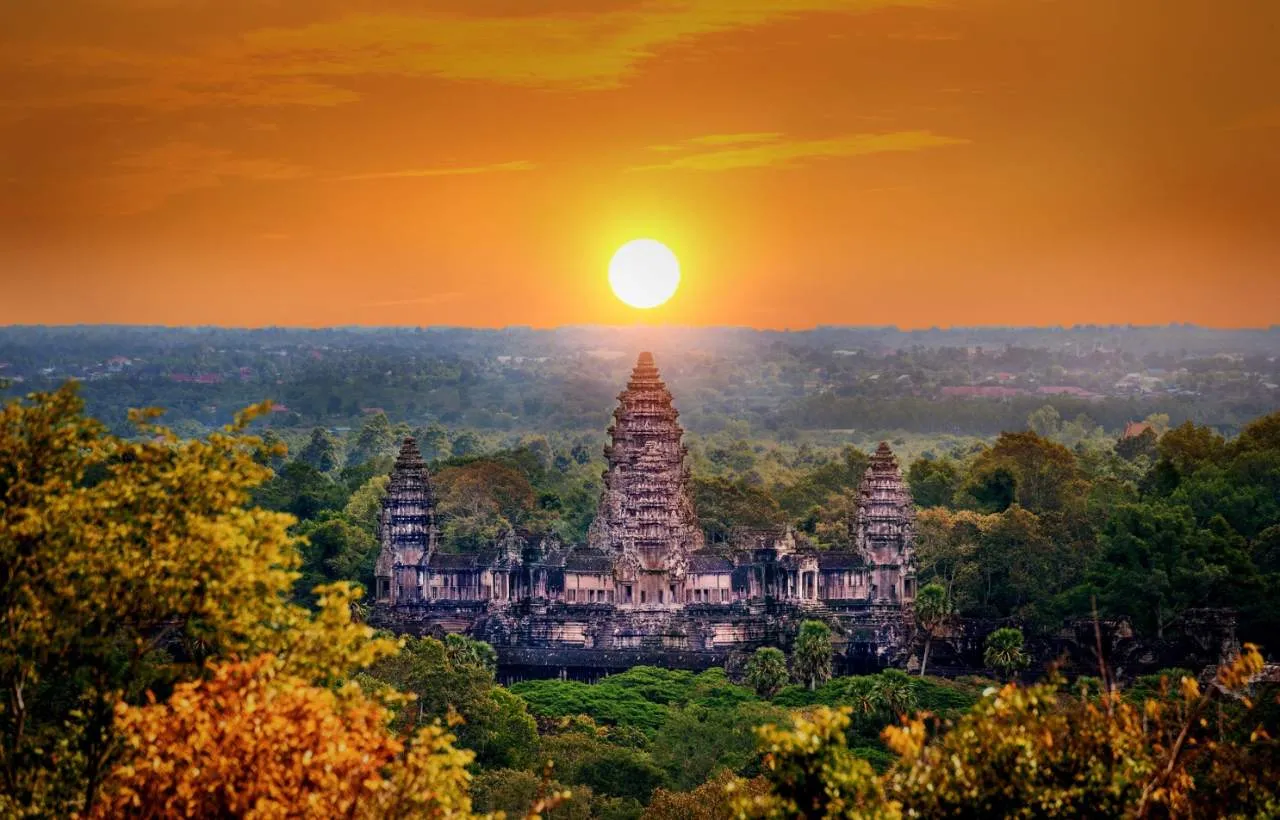
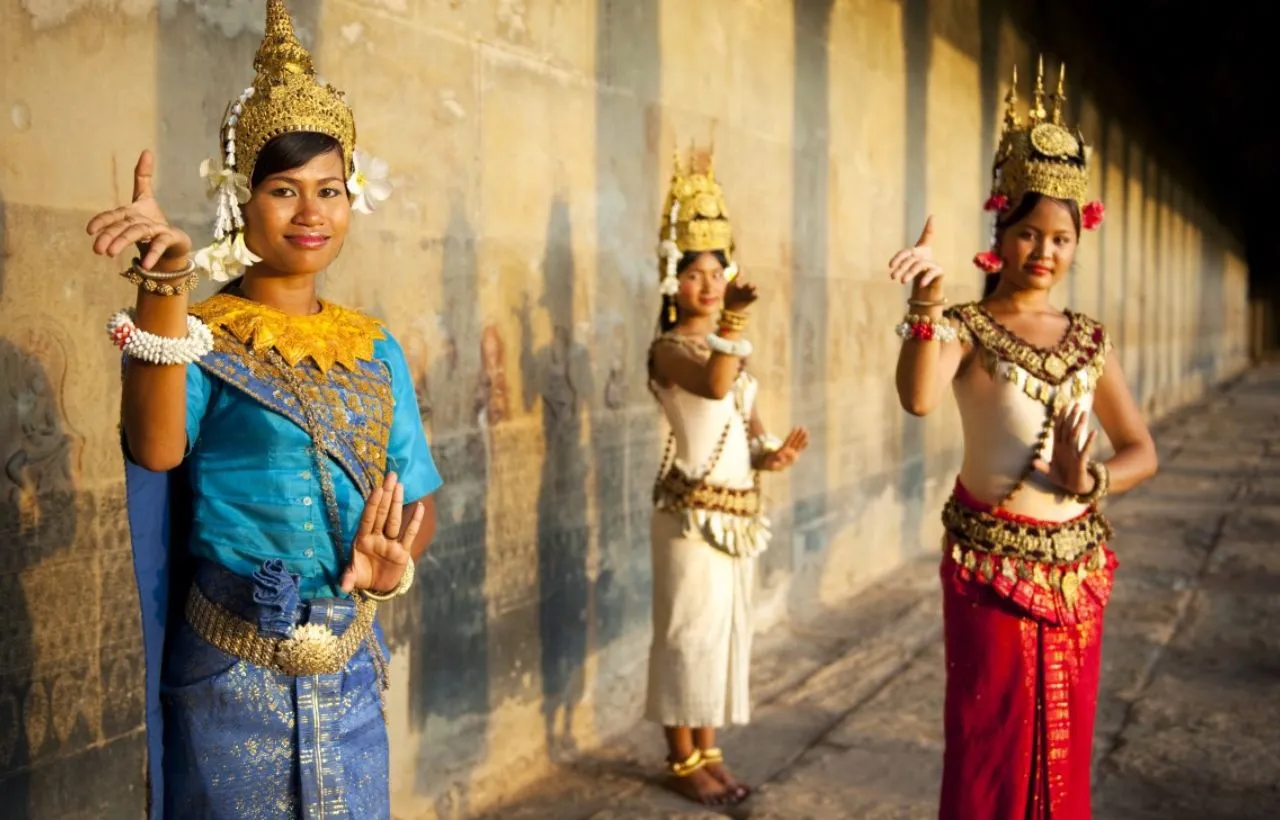


















 Adventure and relaxation between the wings in Sapa _ Fly Sapa Paragliding.webp)

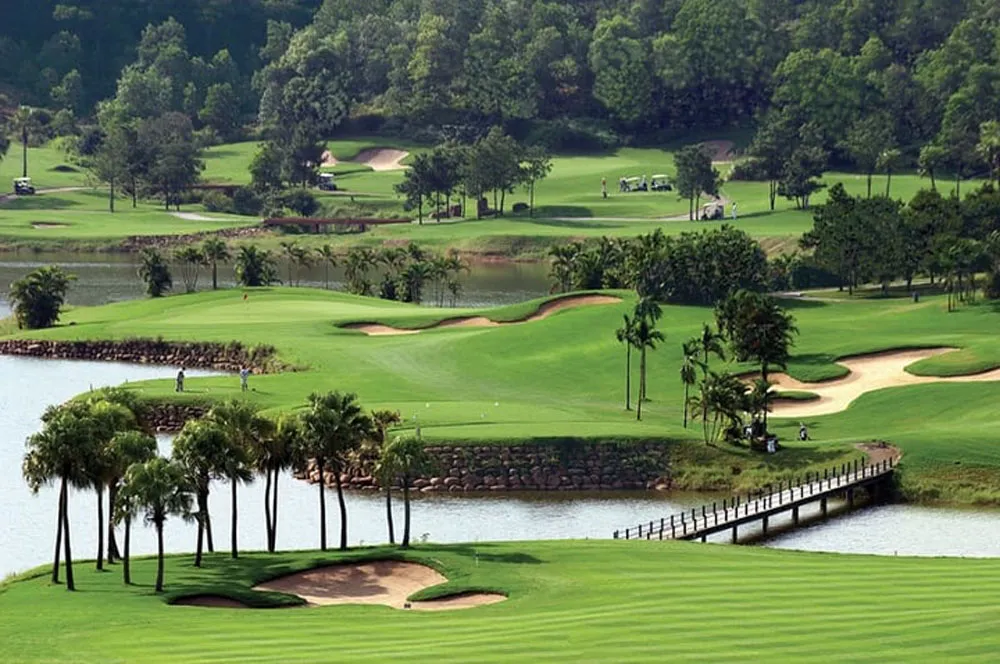
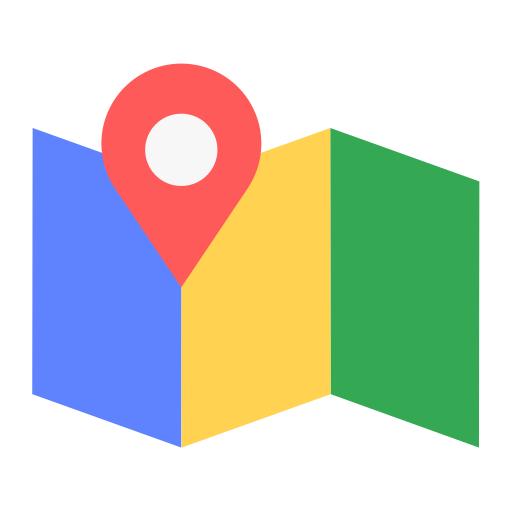 View trip map
View trip map
